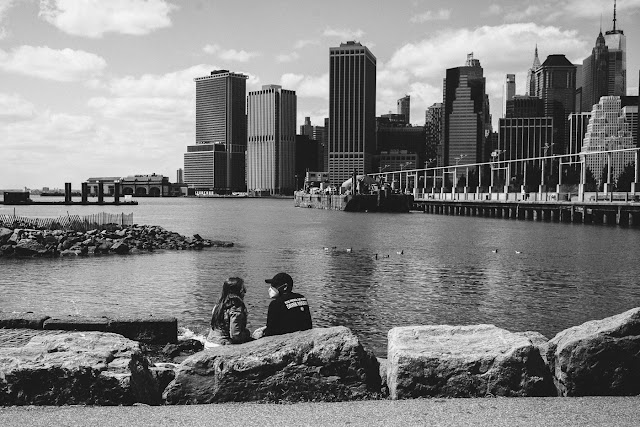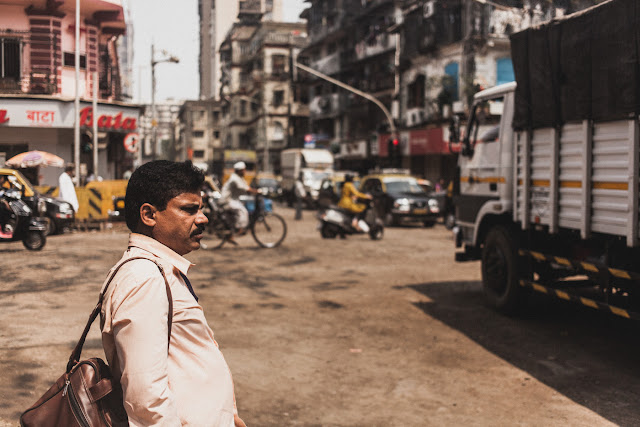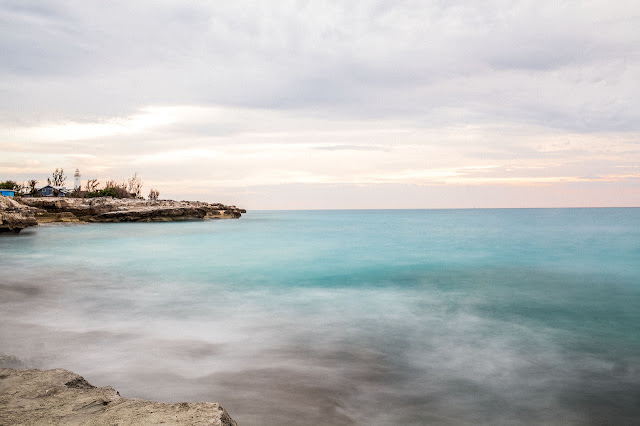What Are We Celebrating During Thanksgiving? The Real Story
Our nation often criticizes others for their failure to teach history accurately; admonishing countries that omit key historic events in their children's text books or fail to acknowledge atrocities committed upon minority communities. Turkey, Russia and Japan among others have been on the receiving end of accusation for rewriting history. Yet I never really learned the extent of the devastation laid upon the Native American population that lived in this country. How many students in the U.S. are told of the Dawe's Act and it's effects, the Boarding School Era, the Sterilization Act or Oliphant? How many Americans today know the whole history of this country?
I didn't learn it in elementary school, nor in high school, and I didn't learn it in college. We scan over American Indian history even though it is a major part of our countries' past. A nation's shame should not hinder us from teaching it and learning from it.
Many thanksgiving proclamations were made by royal governors and the Continental Congress and there is some debate about where the holiday of “Thanksgiving” comes from. Some trace it to a poorly documented 1621 celebration at Plymouth in present-day Massachusetts, but the Thanksgiving that George Washington proclaimed a national holiday in 1789 can mostly likely be attributed to an event in 1637.
In 1637 near present day Groton, Connecticut, over 700 men, women and children of the Pequot Tribe had gathered for their annual Green Corn Festival which is our Thanksgiving celebration. In the predawn hours the sleeping Indians were surrounded by English and Dutch mercenaries who ordered them to come outside. Those who came out were shot or clubbed to death while the terrified women and children who huddled inside the longhouse were burned alive. The next day the governor of the Massachusetts Bay Colony declared "A Day Of Thanksgiving" because 700 unarmed men, women and children had been murdered.
Cheered by their "victory", the brave colonists and their Indian allies attacked village after village. Women and children over 14 were sold into slavery while the rest were murdered. Boats loaded with a many as 500 slaves regularly left the ports of New England. Bounties were paid for Indian scalps to encourage as many deaths as possible.
Following an especially successful raid against the Pequot in what is now Stamford, Connecticut, the churches announced a second day of "thanksgiving" to celebrate victory over the heathen savages. During the feasting, the hacked off heads of Natives were kicked through the streets like soccer balls. Even the friendly Wampanoag did not escape the madness. Their chief was beheaded, and his head impaled on a pole in Plymouth, Massachusetts -- where it remained on display for 24 years.
The killings became more and more frenzied, with days of thanksgiving feasts being held after each successful massacre. George Washington finally suggested that only one day of Thanksgiving per year be set aside instead of celebrating each and every massacre. Later Abraham Lincoln decreed Thanksgiving Day to be a legal national holiday during the Civil War -- on the same day he ordered troops to march against the starving Sioux in Minnesota.
Excerpt from Susan Bates
"Today is a time of celebrating for you -- a time of looking back to the first days of white people in America. But it is not a time of celebrating for me. It is with a heavy heart that I look back upon what happened to my People. When the Pilgrims arrived, we, the Wampanoags, welcomed them with open arms, little knowing that it was the beginning of the end. That before 50 years were to pass, the Wampanoag would no longer be a tribe. That we and other Indians living near the settlers would be killed by their guns or dead from diseases that we caught from them. Let us always remember, the Indian is and was just as human as the white people."Check out this article by Richard Greener The True Story of Thanksgiving.






